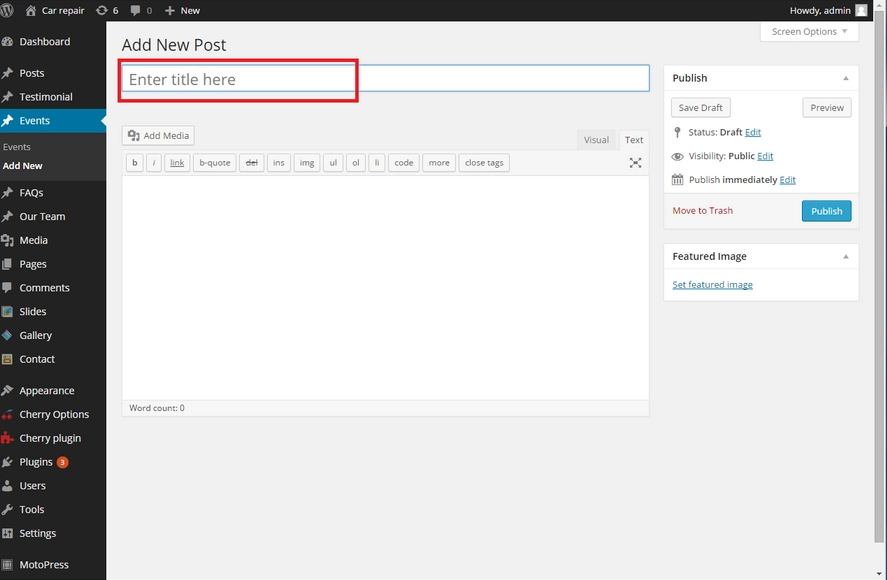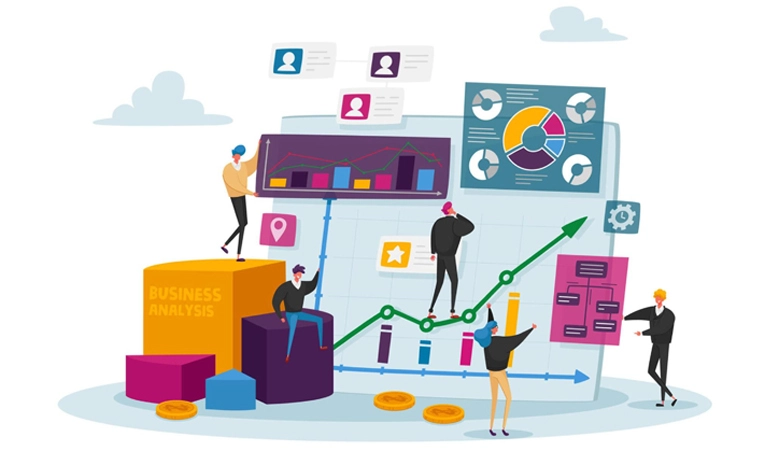Table of Contents
The digital age has revolutionized how we store and access data. Businesses are increasingly migrating to cloud-based infrastructure for its scalability, cost-effectiveness, and flexibility. However, this shift necessitates a paradigm change in security strategies. Traditional on-premises security and Cloud Security have fundamental differences that every IT professional should understand.
This article explores these key differences to help you navigate the evolving security landscape. Understanding these distinctions is crucial whether you’re considering a career in cloud security or simply want to fortify your current defenses.
Fortress vs. Frontier: Where Does the Security Perimeter Lie?
Traditional security relies on a well-defined perimeter, typically a physical data center with firewalls and intrusion detection systems guarding the entry points. IT professionals have direct control over the hardware and software within this perimeter.
In contrast, cloud security adopts a more distributed approach. Data and applications reside in remote servers managed by cloud service providers (CSPs) like Amazon Web Services (AWS) or Microsoft Azure. The security perimeter expands to encompass not just your organization’s network but also the CSP’s infrastructure. This distributed nature necessitates a shared responsibility model, where both you and the CSP play a role in securing your data.
Shared vs. Self-Managed: Who’s Responsible for Cloud Security?
The responsibility for security in a cloud environment is a collaborative effort. Cloud service providers are responsible for the security of the underlying infrastructure, including physical security, network security, and virtualization.
However, the onus of securing your data, applications, and access controls falls on your organization. This includes implementing encryption, access management policies, and user activity monitoring.
Understanding this shared responsibility model is essential. Earning a Cybersecurity Certification or a Cloud Security Certification can equip you with the knowledge and skills to effectively manage your portion of the security equation in the cloud.
Scalability Showdown: Can Traditional Security Keep Up with the Cloud?
Traditional security often struggles to adapt to dynamic business needs. On-premises infrastructure can be inflexible, requiring significant upfront investment in hardware and software. Scaling resources up or down can be a cumbersome and time-consuming process.
Cloud security offers inherent scalability. Cloud resources can be provisioned and deprovisioned on-demand, allowing you to easily adjust your security posture to meet fluctuating business requirements. This agility is a major advantage for businesses of all sizes, but particularly for startups and those experiencing rapid growth.
Data at Rest vs. Data in Transit: Where are the Vulnerabilities?
Data security concerns differ between traditional and cloud environments. In a traditional setting, data is primarily “at rest” on physical servers within your organization’s network. Security measures focus on safeguarding data at rest from unauthorized access.
Cloud security needs to address both data at rest and data in transit. Data is constantly moving between your network and the cloud provider’s infrastructure. Cloud security solutions employ encryption to protect data in transit from eavesdropping or tampering. Additionally, robust access controls and identity management practices are crucial to ensure only authorized users can access your data at rest within the cloud.
Human Element: Is the Insider Threat More Prevalent in the Cloud?
The insider threat remains a significant security risk in both traditional and cloud environments. Disgruntled employees, accidental data breaches caused by human error, and social engineering attacks can all compromise security.
However, the distributed nature of cloud computing can introduce additional challenges. With data and applications residing outside your physical control, there’s a greater reliance on access controls and identity management to prevent unauthorized access by legitimate users with excessive privileges.
Compliance Cloud: How Do Regulations Impact Security Strategies?
Compliance regulations can significantly impact your security strategy. Organizations in certain industries, such as healthcare or finance, must adhere to strict data privacy regulations.
Cloud security solutions should be designed with compliance in mind. Many cloud providers offer compliance certifications to demonstrate their adherence to industry regulations. Understanding your compliance requirements and selecting a cloud provider that aligns with your needs is essential.
Cost Conundrum: Is Cloud Security More Affordable (or Expensive)?
The cost of cloud security can be a complex issue. Traditional security often requires significant upfront investment in hardware, software, and personnel to manage on-premises infrastructure.
Cloud security offers a potential pay-as-you-go model, eliminating the need for upfront capital expenditure. However, ongoing subscription costs for cloud services and potential egress fees for data transfer can add up.
Ultimately, the cost-effectiveness of cloud security depends on your specific needs and usage patterns. Carefully evaluate your cloud security posture and consider the total cost of ownership (TCO) before migrating to the cloud.
Automation Advantage: Can Cloud Security Be More Efficient?
Traditional security often relies on manual processes for tasks like vulnerability scanning and log monitoring. This can be time-consuming and error-prone.
Cloud security solutions leverage automation to streamline security operations. Cloud providers offer automated tools for vulnerability scanning, intrusion detection, and security incident and event management (SIEM). These tools can continuously monitor your cloud environment for suspicious activity and automate incident response procedures.
This automation not only frees up IT staff to focus on strategic security initiatives but also helps to improve the overall efficacy of your cloud security posture.
Emerging Threats: Are Cloud Security Solutions Future-Proof?
The cybersecurity threat landscape is constantly evolving. New attack vectors and vulnerabilities emerge all the time. Both traditional and cloud security need to be adaptable to address these emerging threats.
Cloud security solutions are often built with scalability and agility in mind. Cloud providers are constantly updating their security infrastructure and incorporating the latest threat intelligence to stay ahead of evolving threats.
However, it’s important to remember that no security solution is foolproof. Earning a Cloud Security Certification can equip you with the knowledge and skills to stay current on the latest threats and implement best practices to secure your cloud environment proactively.
The Verdict: Cloud Security vs. Traditional Security – Which One Wins?
There’s no single winner in the cloud security vs. traditional security debate. The ideal approach depends on your specific needs and resources.
Traditional security might be suitable for organizations with highly sensitive data or those that require granular control over their infrastructure. However, for many businesses, cloud security offers a compelling combination of scalability, agility, and cost-effectiveness.
The key takeaway is to understand the fundamental differences between these two security models. By carefully evaluating your security requirements and leveraging the expertise of qualified professionals, you can develop a robust security strategy that protects your data and applications in the cloud.
Join the Cloud Security Revolution
The cloud security landscape is a dynamic and exciting field. With the ever-increasing adoption of cloud computing, the demand for skilled cloud security professionals is booming. If you’re passionate about cybersecurity and want to be at the forefront of this evolving field, consider pursuing a Cloud Security Certification. Numerous reputable organizations are offering Top 10 Cloud Certifications in 2024, which can equip you with the necessary skills and knowledge to launch a rewarding career in cloud security.
Join the growing community of cloud security professionals and help build a more secure digital future! Explore resources available online and consider joining professional organizations like Cloud Security Alliance: https://cloudsecurityalliance.org/ to stay updated on the latest trends and best practices in cloud security.














Leave a Reply